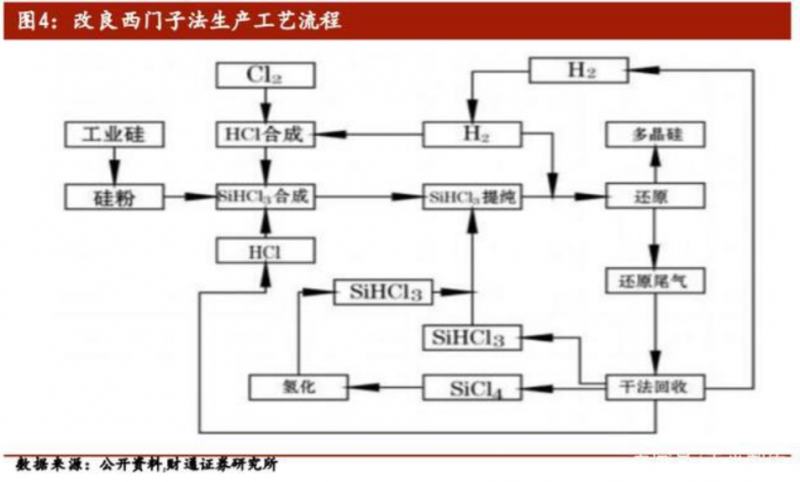https://www.pv-magazine-india.com/2022/04/25/new-solar-module-cooling-tech-based-on-porous-nanochannels/
New solar module cooling tech based on porous nanochannels

Schematic of a PV panel with a nanochannels device attached on the back face, illustrating the associated quantities of heat and energy transfer.
Image: Siracuse University, ACS Publications, Creative Commons License CC BY 4.0
From pv magazine Global
Researchers from Siracuse University in the United States have developed a solar module cooling technique based on spray-cooling heat flux dissipation on porous nanochannels.
The nanochannels device was attached to the entire surface of the rear side of a monocrystalline panel measuring 180 mm × 290 mm x 5.45 mm. Several devices can be used on the same module depending on the required extent of cooling. Spray droplets are dispersed over the nanochannels device in order to eliminate the need for a continuous supply of a coolant. The cooling effect is provided by the thin-film evaporation-based phase-change heat transfer occurring in the porous nanochannels device.
“The heat flux dissipation due to the employed nanochannels is introduced for the thermal management of the PV panel,” the scientists explained, noting that the performance of the nanochannels was analyzed in two different cases of spray cooling corresponding to the uniform spray droplet diameter of 400 (Case 1) and 20 μm (Case 2) achieved earlier. “The amount of heat flux removal during such a process is found to be dependent on the surface temperature.”
The final steady-state temperature of the proposed two cases was found to be 30.5 C and 20 C, respectively, which compares to 51.5 C for a reference solar module without any cooling. “Clearly, the finer spray droplets in Case 2 provide a higher heat flux dissipating ability and exhibit a greater extent of PV panel cooling approaching the theoretical limit,” the US group emphasized. “The enhancement in Case 2 as compared to Case 1 also aligns well with the finding in terms of the heat transfer coefficient, thus reiterating the significance of the reported technique of PV panel cooling.”
For Case 2, the average cooling was found to be of up to 31 C and the overall enhancement in the electrical power yield to be 32.8%. No information was provided on the costs of the proposed device nor on its commercial viability.
The technique was introduced in the study “Thermal Management of Photovoltaics Using Porous Nanochannels,” published in energy&fuels.
This content is protected by copyright and may not be reused. If you want to cooperate with us and would like to reuse some of our content, please contact: editors@pv-magazine.com.




